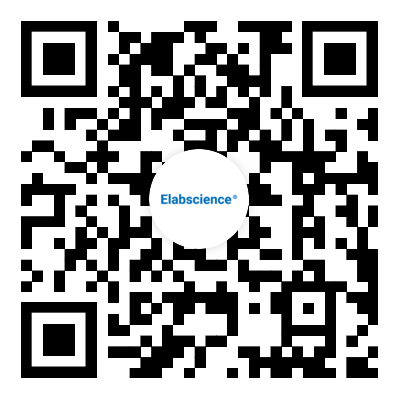Recombinant Mouse CD4/LEU3 protein (His tag)
Price:
- 表达系统: HEK293 Cells
- 蛋白编码: P06332
| 别称 |
L3T4;Ly-4
|
| 表达系统 |
HEK293 Cells
|
| 序列 |
Met 1-Thr 394
|
| 蛋白编码 |
P06332
|
| 种属 |
Mouse
|
| 计算分子量 |
43.2 kDa
|
| 表观分子量 |
50 kDa
|
| 标签 |
C-His
|
| 纯度 |
> 95 % as determined by reducing SDS-PAGE.
|
| 内毒素 |
Please contact us for more information.
|
| 保存条件 |
Generally, lyophilized proteins are stable for up to 12 months when stored at -20 to -80℃. Reconstituted protein solution can be stored at 4-8℃ for 2-7 days. Aliquots of reconstituted samples are stable at < -20℃ for 3 months.
|
| 运输条件 |
This product is provided as lyophilized powder which is shipped with ice packs.
|
| 制剂 |
Lyophilized from sterile PBS, pH 7.4.
Normally 5 % - 8 % trehalose, mannitol and 0.01% Tween80 are added as protectants before lyophilization. Please refer to the specific buffer information in the printed manual. |
| 复溶方法 |
Please refer to the printed manual for detailed information.
|
| 背景 |
T-cell surface glycoprotein CD4, is a single-pass type I membrane protein. CD4 contains three Ig-like C2-type (immunoglobulin-like) domains and one Ig-like V-type (immunoglobulin-like) domain. CD4 is a glycoprotein expressed on the surface of T helper cells, regulatory T cells, monocytes, macrophages, and dendritic cells. The CD4 surface determinant, previously associated as a phenotypic marker for helper/inducer subsets of T lymphocytes, has now been critically identified as the binding/entry protein for human immunodeficiency viruses (HIV). The human CD4 molecule is readily detectable on monocytes, T lymphocytes, and brain tissues. All human tissue sources of CD4 bind radiolabeled gp120 to the same relative degree; however, the murine homologous protein, L3T4, does not bind the HIV envelope protein. CD4 is a co-receptor that assists the T cell receptor (TCR) to activate its T cell following an interaction with an antigen-presenting cell. Using its portion that resides inside the T cell, CD4 amplifies the signal generated by the TCR. CD4 interacts directly with MHC class II molecules on the surface of the antigen-presenting cell via its extracellular domain. The CD4 molecule is currently the object of intense interest and investigation both because of its role in normal T-cell function, and because of its role in HIV infection. CD4 is a primary receptor used by HIV-1 to gain entry into host T cells. HIV infection leads to a progressive reduction of the number of T cells possessing CD4 receptors.
|
实验操作视频
新品推荐
Recombinant Human IL-6 Protein (Fc Tag)
Recombinant Mouse BCR protein (His tag)
Recombinant Mouse IL6 protein(His tag)
Recombinant Rat IL2/IL-2/Interleukin-2 protein (His tag)
Recombinant SARS-CoV-2 Nucleocapsid Protein (His Tag)
Recombinant Human Fyn protein(His tag)
Recombinant Mouse CD96/TACTILE protein (His tag)










